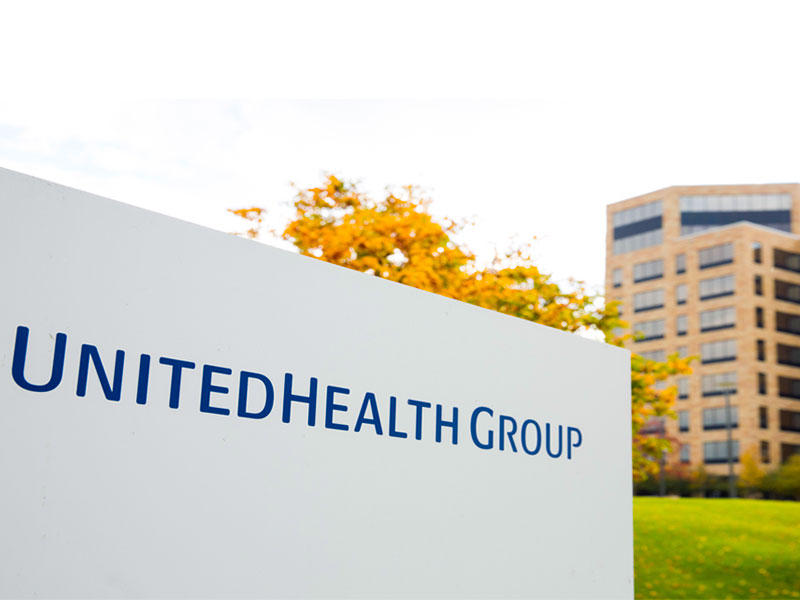Health insurers struggle on federal exchange, but new data could limit losses
Reprints
Federal health exchange plans have largely proved unprofitable for most health insurers, but new underwriting data could help reverse the trend, according to insurance credit analysts.
Most health insurers who sold plans on the Affordable Care Act's health insurance exchange in the past two years lost money; nearly half of the health insurance co-ops established by the reform law have folded due to losses; and Blue Cross Blue Shield of New Mexico pulled out of the state-run exchange in August.
When the CEO of the nation's largest health insurer UnitedHealth Group Inc. in November announced the company may quit the public exchange in 2017 because of financial losses, questions arose surrounding the exchanges' future viability.
“We can't subsidize a market that doesn't appear at this point to be sustaining itself,” United CEO Stephen Hemsley told investors in November.
But some insurance analysts say it's too soon to call it quits. This year represents the first year insurers have data to help them price their plans and implement strategies to limit losses and increase profitability, according to a December report by Standard & Poor's Financial Services L.L.C.
“We would expect to ideally see some of these levers work … and we would expect to see maybe a lesser decrease in profitability, but some improvement,” Neal Freedman, New York-based insurance credit analyst for S&P, said in an interview.
According to the S&P report, low enrollment in the exchange plans has weighed on insurer profits, and individuals that did enroll tended to be high-risk, heavy users of medical care, leading to higher costs for the insurers.
And because of the novelty of the exchanges, health insurers lacked the historical data needed to accurately price policies, the report stated.
“Lack of complete data not only impedes an insurer's ability to accurately price its products from the start, but also causes issues with repricing accuracy and the ability to obtain required rate increases,” a December report by A.M. Best stated.
Furthermore, one of the reform law's risk-sharing programs failed to provide the safety net it promised.
The Centers for Medicare & Medicaid Services announced in October that the risk corridor program, which is meant to provide protection for insurance companies during the first three years of the reform law by providing payments to insurers with excessive claims, would only pay 12.6% of the funds requested by insurers for 2014 losses.
But now, because 2016 represents the first full year of “actual underwriting data” from the exchange population, according to the S&P report, insurers may be able to implement strategies to limit losses.
“We're coming into 2016 with the first year with data, and companies are looking at that data and they're saying what arrows do I have in my quiver?” Mr. Freedman said. “This includes things like narrower networks, like not offering the more precious metals — your gold and platinum plans — eliminating certain products, (and) ramping up (their patients') medical management.”
It also includes raising insurance premiums for consumers and excluding estimates of risk-corridor payments from pricing calculations, he said.
Premiums on the rise
In fact, premiums are rising: CMS announced in October that insurance rates for benchmark silver plans for all counties in the 38 states that used the federal exchange would rise 7.5% in 2016. The majority of enrollees opt for the silver plan.
Analysts expect these strategies to help stem losses and eventually turn ACA business profitable for health insurers.
According to Joseph Marinucci, New York-based S&P insurance credit analyst, the first three years of the public exchanges is a “ramp-up period.” “We factor in an expectation for it to exert pressure on margins,” he said.
Of course, that period may prove to last longer, he said. The amount of capital an insurer has, as well as the portion of ACA business an insurer has in its book, will determine whether that insurer can ride out the storm, according to S&P analysts.
“We're looking more closely at the period between the end of year three and year five ... where we are beginning to see more stability in the marketplace, more break-even performance, more marginal profitability in certain segments, where everything begins to right size and develop a … more sustainable market presence,” Mr. Freedman said.
Read Next
-

UnitedHealth agent commission move may further exchange exit
UnitedHealth Group Inc., which already is weighing an exit from underperforming business in the public health insurance exchanges, reportedly has told insurance agents it will stop paying commissions for such business starting next year.